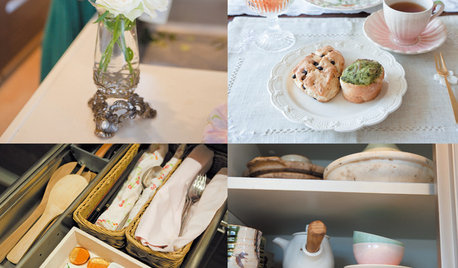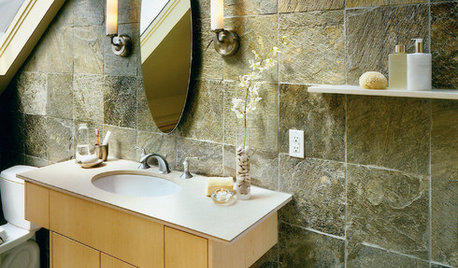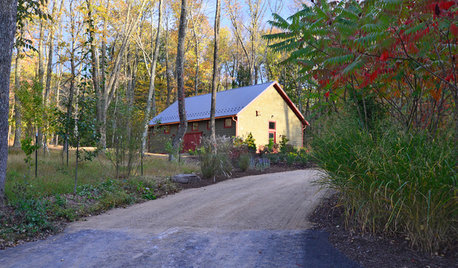Baggie method question
rt_peasant
9 years ago
Related Stories

ORGANIZINGPre-Storage Checklist: 10 Questions to Ask Yourself Before You Store
Wait, stop. Do you really need to keep that item you’re about to put into storage?
Full Story
MOST POPULAR8 Questions to Ask Yourself Before Meeting With Your Designer
Thinking in advance about how you use your space will get your first design consultation off to its best start
Full Story
WORKING WITH PROS12 Questions Your Interior Designer Should Ask You
The best decorators aren’t dictators — and they’re not mind readers either. To understand your tastes, they need this essential info
Full Story
WORKING WITH PROS9 Questions to Ask a Home Remodeler Before You Meet
Save time and effort by ruling out deal breakers with your contractor before an in-person session
Full Story
ORGANIZING4 Questions to Help You Organize Your Favorite Photos
Organize your keeper photos with a system that's just right for you, whether it's in the cloud or you can hold it in your hand
Full Story
GREEN BUILDINGConsidering Concrete Floors? 3 Green-Minded Questions to Ask
Learn what’s in your concrete and about sustainability to make a healthy choice for your home and the earth
Full Story
ORGANIZING‘Tidying Up’ Author Marie Kondo Tells How to ‘Spark Joy’ at Home
A new book from the author of ‘The Life-Changing Magic of Tidying Up’ delves deeper into her KonMari Method of decluttering and organizing
Full Story
REMODELING GUIDESGet Stone and Ceramic Surfaces Super Clean
Keep your kitchen or bathroom looking as good as on installation day with the right cleaning methods for counters and tiles
Full Story
BACKYARD STUDIOSMaster Builder Crafts a Dream Workshop
A design-build firm owner uses an economical building method for his large shed and finishes it off nicely to blend into the scenery
Full Story
HOUZZ TOURSHouzz Tour: A Straw-Bale Getaway With Sweeping Views
Using passive solar and other green building methods, this Colorado home creates an energy-conscious vacation spot for a family of 5
Full Story


lindalana 5b Chicago
Nitsua
Related Discussions
baggie method question...
Q
Baggie method question
Q
Clarification on 'baggie' method please
Q
cup and baggie method question
Q
daniel_nyc
Labradors
PupillaCharites
daniel_nyc
PupillaCharites
daninthedirt (USDA 9a, HZ9, CentTX, Sunset z30, Cfa)
PupillaCharites
daniel_nyc
daninthedirt (USDA 9a, HZ9, CentTX, Sunset z30, Cfa)
rt_peasantOriginal Author
Seysonn_ 8a-NC/HZ-7
daniel_nyc
PupillaCharites
daninthedirt (USDA 9a, HZ9, CentTX, Sunset z30, Cfa)
daninthedirt (USDA 9a, HZ9, CentTX, Sunset z30, Cfa)
daniel_nyc
PupillaCharites